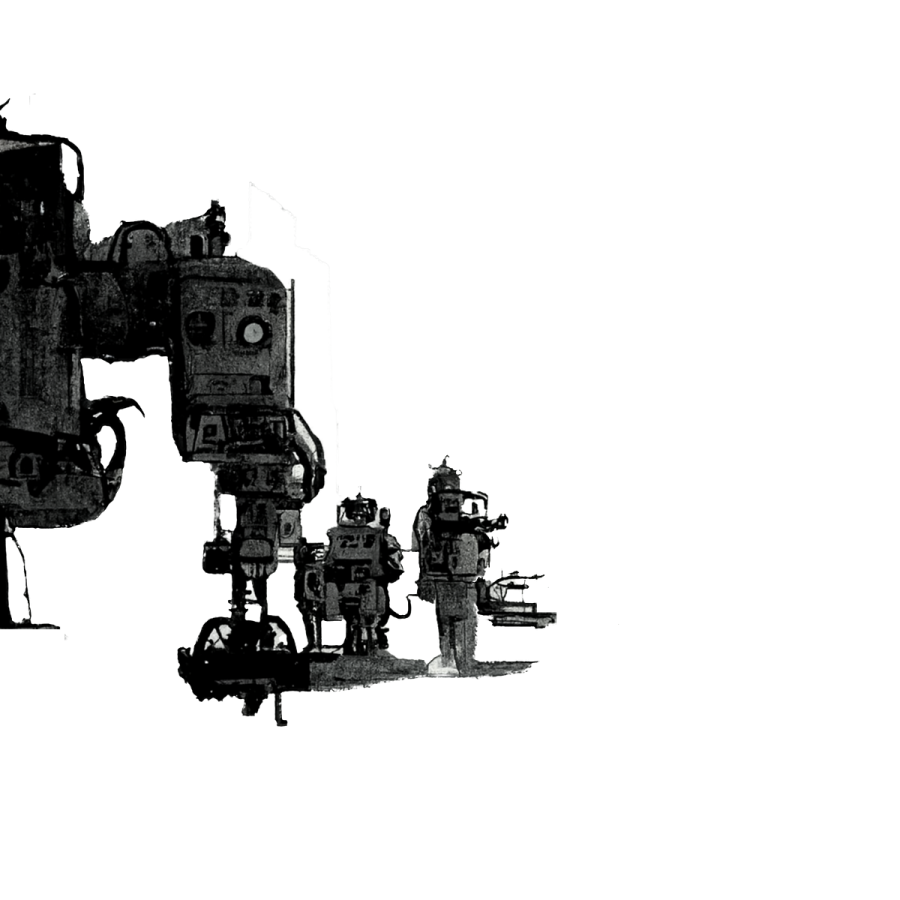Palo Alto, in many ways, represents the pinnacle of human achievement. Situated in the heart of Silicon Valley, host to a myriad of major tech companies including Google, Facebook, and Tesla, this region has long served as one of the world’s great innovation hubs. And as residents of this center for technological advancement, we’re surrounded by automated digital technology, from the digital kiosks at Town and Country restaurants to the myriad voice-activated systems available at our disposal, such as Google Home.
Yet while we benefit from these advances, we must also understand there is a hidden cost to the fashionable, flashy, tech-centric lives so many of us enjoy. Each digital kiosk and automated toll booth represents a job lost to automated technology.
The phenomenon of automated technology replacing human labor isn’t new. From the textile workers in the United Kingdom during the Industrial Revolution to the coal miners in West Virginia during the late 20th Century, automation has displaced workers time and time again.
And the reason it keeps happening is because unskilled workers don’t matter to society: the small fraction of unskilled, impoverished workers suffering cannot possibly compare to the vast amounts of prosperity that automation makes possible.
Even Hollywood has noted this. I recently saw the new movie “Top Gun: Maverick” with a friend, and while I’m afraid most of the symbolism and plot points were lost on me, I was intrigued by how our protagonist’s job as a test pilot is immediately threatened by a new automated drone program. Maverick’s superior claims the drones will surpass human pilots because robots don’t get distracted, don’t need to rest and don’t disobey orders. These reasons are distressingly similar to the reasons executives worldwide give in support of more automation and less human labor.
But what differentiates the newest wave of automation from its predecessors is its sheer scale. The McKinsey Global Institute predicted in February of last year that 45 million Americans, representing a quarter of the entire US workforce, will likely be replaced by AI and automated technologies by 2030. And while the report reassures that there’s no need to worry because AI will expand employment in other fields, I am much more concerned.
What most reports leave out is that the job growth that AI will provide is almost entirely in fields dominated by high-skill, high-wage labor. And it’s specifically the low-skill, low-wage workers that are being pushed out the door. So how can they simply be expected to take these new jobs?
Most people cite government job training programs as a way to alleviate this. However, the harsh truth is the workers who will be replaced by robots are largely impoverished, uneducated people. In other words, they are the least important people for politicians in all areas of government, from Washington D.C. to Sacramento and beyond.
The British government didn’t care about the textile workers during the industrial economic boom until hordes of unemployed and impoverished citizens flowed into London, driving up the crime rate and filling up debtors’ prisons. Frankly, the American government can still hardly care less about the displaced coal miners in West Virginia, because which politician could care about the fifth-poorest state in the nation, worth only four electoral votes?
I would like to clarify that I am not afraid or inherently against improved technology and automation. After all, automated technology has brought us some of the greatest advances in our way of life in countless fields, from medicine to transportation.
But, the simple truth remains: each newly automated system is the loss of a job once occupied by a person working to feed their family, perhaps the only job the person was qualified to work. The path ahead for this individual is bleak at best; without a job and with credentials that don’t match those needed for high tech jobs, they will likely remain unemployed and their family will likely go hungry. So imagine this happening to 25% of all American workers, potentially your parents.
Though I’ve described a gloomy future, perhaps the simple solution has been right under our noses the whole time. If the people in power put their heads together and create job training programs that actually work, we’d be spared this entire narrative, because AI will indeed create more jobs than it occupies as a result of more economic ability to invest in creative freedom.
And remember, our country is democratic in nature. If 25% of the American people are unsatisfied this will have some effect, regardless of any potential attempts to silence them. For reference, previous replacement movements affected no more than 7-8% of the total population of any given country. And regardless of what you hear in the news about democratic backsliding in this country, I am confident we are not yet doomed to a dystopian future with robots serving the elite while everyone else starves, because this time, the numbers may finally be on the workers’ side.

